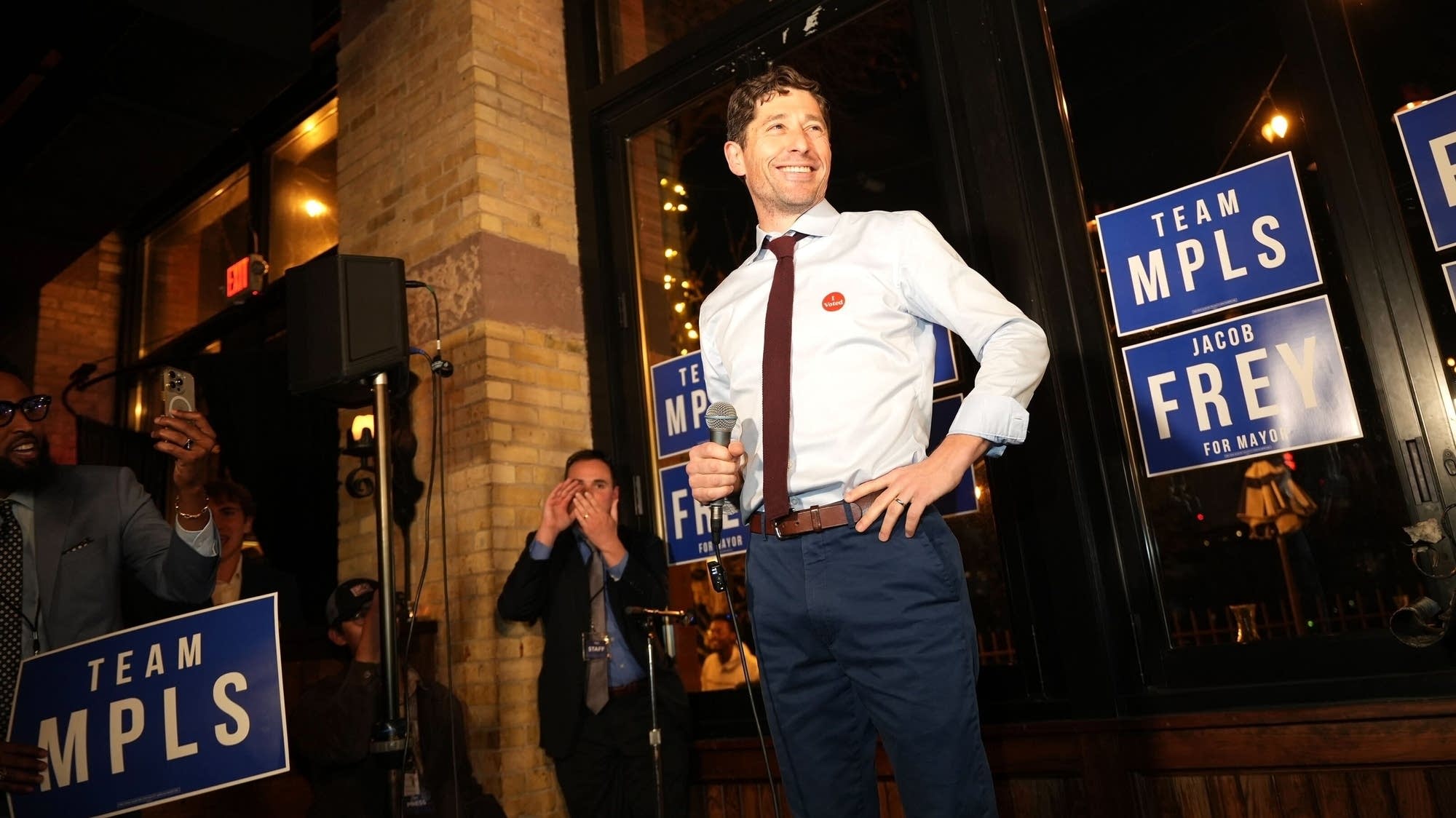Claudia Sheinbaum Harassment Incident Sparks Outcry for Women’s Safety Reform

Incident Sparks Outcry
Mexico’s President Claudia Sheinbaum faced a distressing moment when a man groped her on a public street. Captured on video, the incident quickly went viral, highlighting the pervasive issue of harassment women in Mexico endure daily. The brief encounter, which occurred as she walked from the National Palace to the Education Ministry, has ignited widespread condemnation and intensified discussions about women’s safety in public spaces.
Presidential Response and Legal Action
In a strong and symbolic move, President Sheinbaum pressed charges against the perpetrator. She emphasized that this was not just a personal violation but a reflection of the broader challenges women face nationwide. “If this is done to the president, what is going to happen to all of the young women in our country?” she stated during her press briefing, underscoring the need for systemic change and accountability.
Broader Implications for Women’s Rights
The incident has brought renewed attention to the urgent need for improved protections and legal reforms to combat harassment and violence against women in Mexico. By taking a public stand, Sheinbaum hopes to inspire policy shifts and greater societal awareness to create safer environments for all women.
About the Organizations Mentioned
National Palace
The term "National Palace" refers to distinct, historically and culturally significant institutions in different countries, primarily Mexico and Taiwan, each with unique roles and achievements. In **Mexico**, the National Palace is the iconic seat of the federal executive branch, located on the east side of Mexico City's Zócalo. Constructed beginning in 1522 atop the palace of the Aztec emperor Moctezuma, it has served as the residence and office of Spanish Viceroys, and later Mexican presidents. The palace survived a major fire in 1692 and was rebuilt, maintaining its status through colonial, imperial, and republican regimes. It houses government offices including the Federal Treasury and National Archives, and features notable architecture such as its red tezontle façade, three main doorways, and the famous balcony where the Mexican president delivers the annual Grito de Dolores independence shout, ringing the historic bell originally from Dolores Hidalgo. As a UNESCO World Heritage site since 1987, the National Palace remains a symbol of Mexican political heritage and culture[1][3]. In **Taiwan**, the National Palace Museum is a premier cultural and technological institution that preserves nearly 700,000 masterpieces of Chinese imperial art, including calligraphy, paintings, bronzes, and ceramics. Established formally under an organizational act in 1987, it operates with a structured management system comprising multiple departments and offices dedicated to conservation, exhibitions, digital information, and public services. The museum plays a central role in cultural diplomacy and identity debates between Taiwan and mainland China. Its Southern Branch opened in 2015, expanding its reach with major exhibitions of rare Song dynasty works and other treasures. The museum emphasizes both preservation and innovative digital engagement, positioning itself at the intersection of heritage and technology[2][4][7]. Other National Palaces, such as the Ethiopian National Palace, are undergoing restoration to become museums and tourist attractions, illustrating a global trend of transforming historical seats of power into cultural landmarks wit
Education Ministry
The term "Education Ministry" typically refers to a government department or agency responsible for overseeing and shaping a nation's education system. While not a single global organization, ministries of education exist in nearly every country and play a pivotal role in policy development, resource allocation, and educational reform. Their primary mission is to ensure that all individuals have access to quality education, from early childhood through higher learning, and to promote lifelong learning opportunities. Historically, the concept of a centralized education ministry dates back to the 18th century, with the Commission of National Education in the Polish–Lithuanian Commonwealth (1773) widely regarded as the first such body. Since then, ministries of education have become standard in modern governments, adapting to changing societal needs and technological advancements. Key responsibilities include formulating national education policies, setting curriculum standards, regulating schools and universities, allocating funding, and supporting teacher training and development. Ministries also oversee educational reforms, often integrating technology into classrooms and promoting digital literacy to prepare students for a tech-driven economy. Notable achievements by education ministries worldwide include expanding access to compulsory education, improving literacy rates, and launching large-scale digital learning initiatives. In recent years, many ministries have focused on leveraging technology to bridge educational gaps, such as through online learning platforms and smart classroom projects. Today, education ministries are at the forefront of innovation, collaborating with tech companies and educational startups to modernize learning environments. Their work is crucial for economic development, workforce readiness, and social equity, making them key players in the intersection of business, technology, and public policy.







